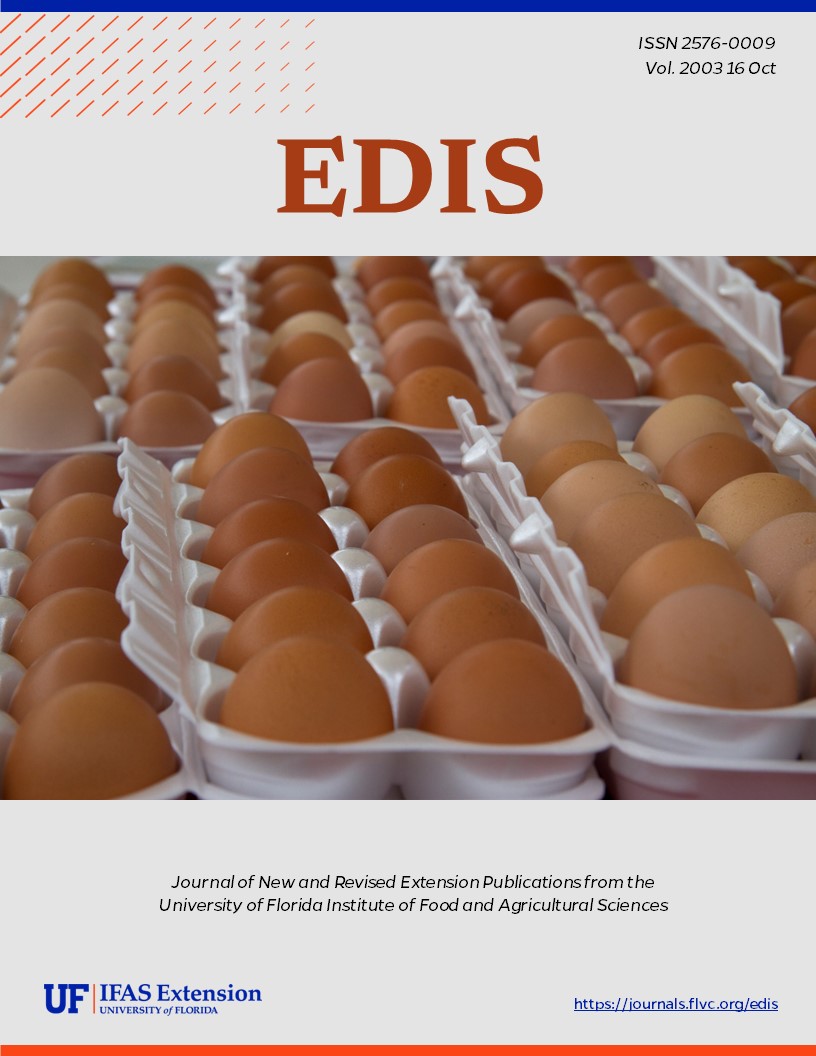Abstract
Metamasius callizona (Chevrolat) has no official common name but has been referred to as the "Evil Weevil" by bromeliad enthusiasts throughout Florida, as a result of the destruction it has caused to native populations of bromeliads in the southern portion of the state. A member of the weevil subfamily Rhynchophorinae, it is one of three species of the genus Metamasius present in Florida. Metamasius mosieri Barber, the smallest of the three and native to Florida, Cuba, and the Dominican Republic, has been collected in Florida infrequently. Unlike M. callizona, its presence does not threaten populations of native bromeliads in Florida's natural areas. The third species, Metamasius hemipterus (L.), was first reported in Florida in Miami-Dade County in 1984 and has since become an important pest of sugarcane, bananas, and ornamental palms. This document is EENY-161, one of a series of Featured Creatures from the Entomology and Nematology Department, Florida Cooperative Extension Service, Institute of Food and Agricultural Sciences, University of Florida. Published: October 2000.
References
Cave, R.D. 1997. Admontia sp., a potential biological control agent of Metamasius callizona in Florida. Journal of the Bromeliad Society 47:244-249.
Creel, O.R. 2000. The evil weevil: what will Florida lose? The Palmetto 19:10-11,14-16. http://fcbs.org/articles/weevil-creel.htm (June 2001)
Frank, J.H. 1997. Protection of Florida's native bromeliads by control of Metamasius callizona. Journal of the Bromeliad Society 47:60-64.
Frank, J.H. 1999. Bromeliad-eating weevils. Selbyana 20:40-48.
Frank, J.H. 1999. Further spread of the weevil Metamasius callizona in Florida. Journal of the Bromeliad Society 49:206-209.
Frank, J.H. 2000. Florida's native bromeliads imperiled by exotic evil weevil. The Palmetto 19:6-9,12.
Frank, J.H. and M.C. Thomas. (September 2000). Weevils that eat bromeliads. http://bromeliadbiota.ifas.ufl.edu/wvbrom.htm (20 September 2000).
Frank, J.H. and M.C. Thomas 1994. Metamasius callizona (Chevrolat) (Coleoptera: Curculionidae), an immigrant pest, destroys bromeliads in Florida. Canadian Entomologist 126:673-682. https://doi.org/10.4039/Ent126673-3
O'Brien, C.W. and M.C. Thomas 1990. The species of Metamasius in Florida. Florida Department of Agriculture and Consumer Services, Division of Plant Industry, Entomology Circular 330:1-4.
O'Brien, C.W., M.C. Thomas and J.H. Frank 1990. A new weevil pest of Tillandsia in south Florida. Journal of the Bromeliad Society 40:203-205, 222.
Salas, J. and J.H. Frank. 2001. Development of Metamasius callizona (Coleoptera: Curculionidae) on pineapple stems. Florida Entomologist 84: 123-126. https://doi.org/10.2307/3496672
Vaurie, P. 1966. A revision of the neotropical genus Metamasius (Coleoptera, Curculionidae, Rhynchophorinae). Species groups I and II. Amer. Mus. Nat. Hist. Bull. 131:213-337.
Unless otherwise specified, articles published in the EDIS journal after January 1, 2024 are licensed under a Creative Commons Attribution-NonCommercial-NoDerivs 4.0 International (CC BY-NC-ND 4.0) license.

